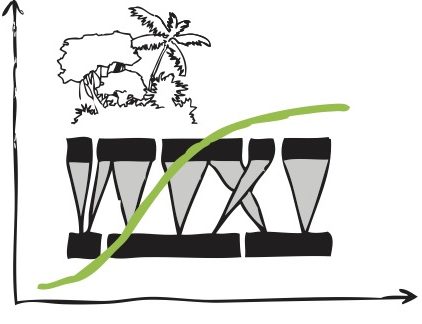Dung decomposition and secondary seed dispersal by dung beetles
PIs: Nico Blüthgen (TU Darmstadt), Thomas Schmitt (U Würzburg) and Diego Marin-Armijos (UTP Loja)
PhD student: Karen Pedersen (TU Darmstadt)
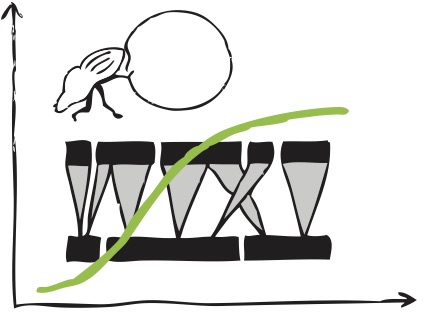
Dung beetles contribute to rapid decomposition of mammal faeces: often, dung is completely buried within an hour or less. They also play a key role in the secondary dispersal, burial and germination of plant seeds contained in faeces of fruit-eating mammals.
We will study three trophic levels and the interactions between them: plants, mammals and dung beetles. We survey the distribution of beetle species across a broad spectrum of beetle diets (dung, carrion, rotten fruit and millipedes), their temporal activity pattern during day and night. Mammal × beetle networks will be identified via the mammalian DNA contained in the beetles’ gut contents. We unravel the role of species-specific dung traits such as volatiles and nutrients. An experiment on dung burial rate and secondary seed dispersal will help to quantify the beetles’ contribution to seed dispersal kernels and their responses to perturbation. The fate of seeds is expected to differ depending on seed size and other traits in relation to dung beetle characteristics. Functional traits of beetles, dung and seeds will be related to the structure of tri-trophic networks and their dynamics in recovering forests.
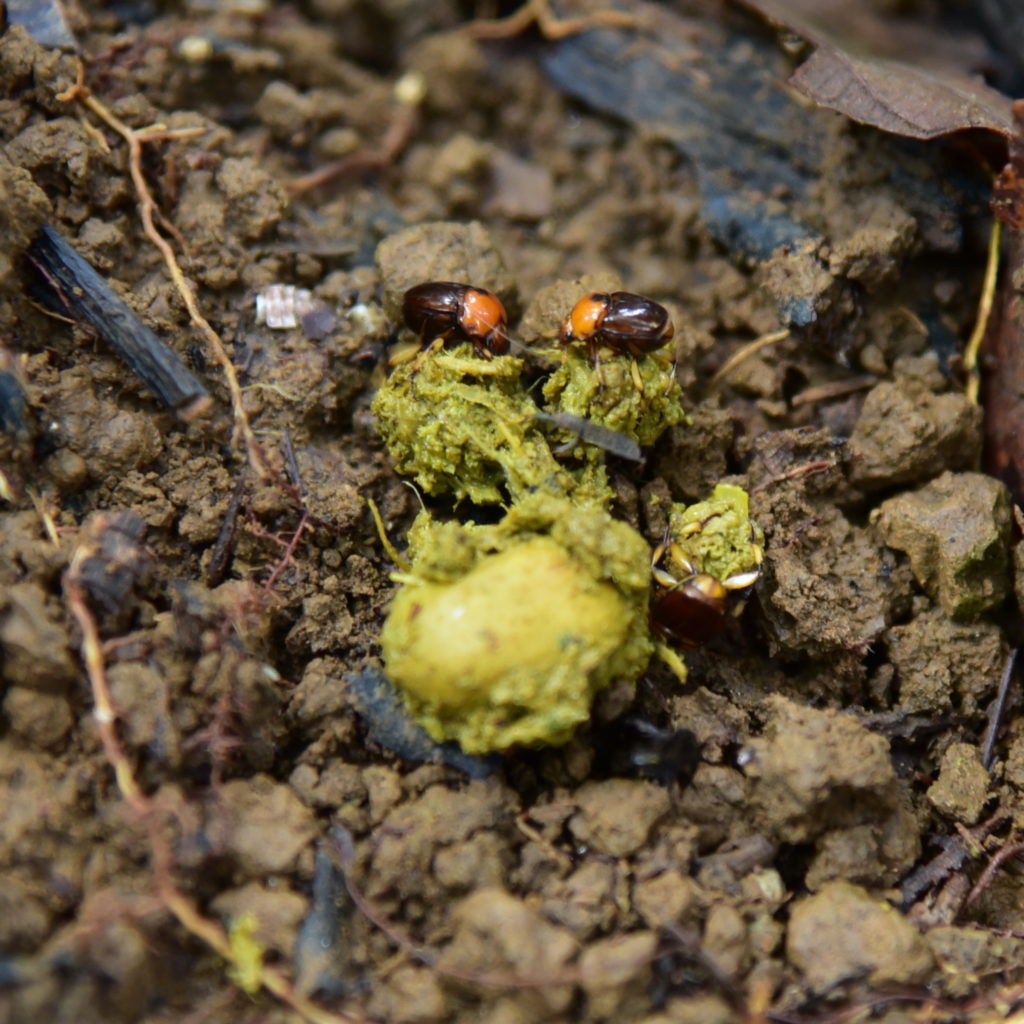
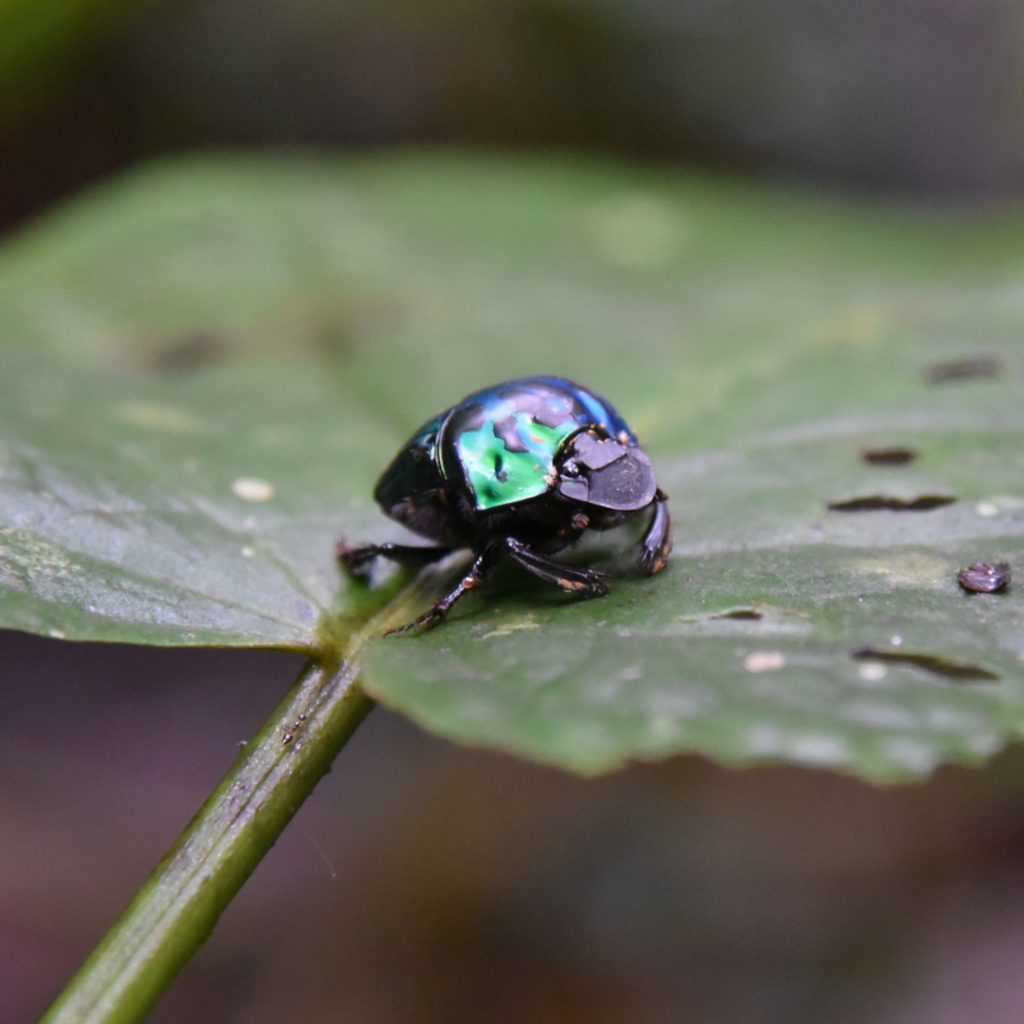
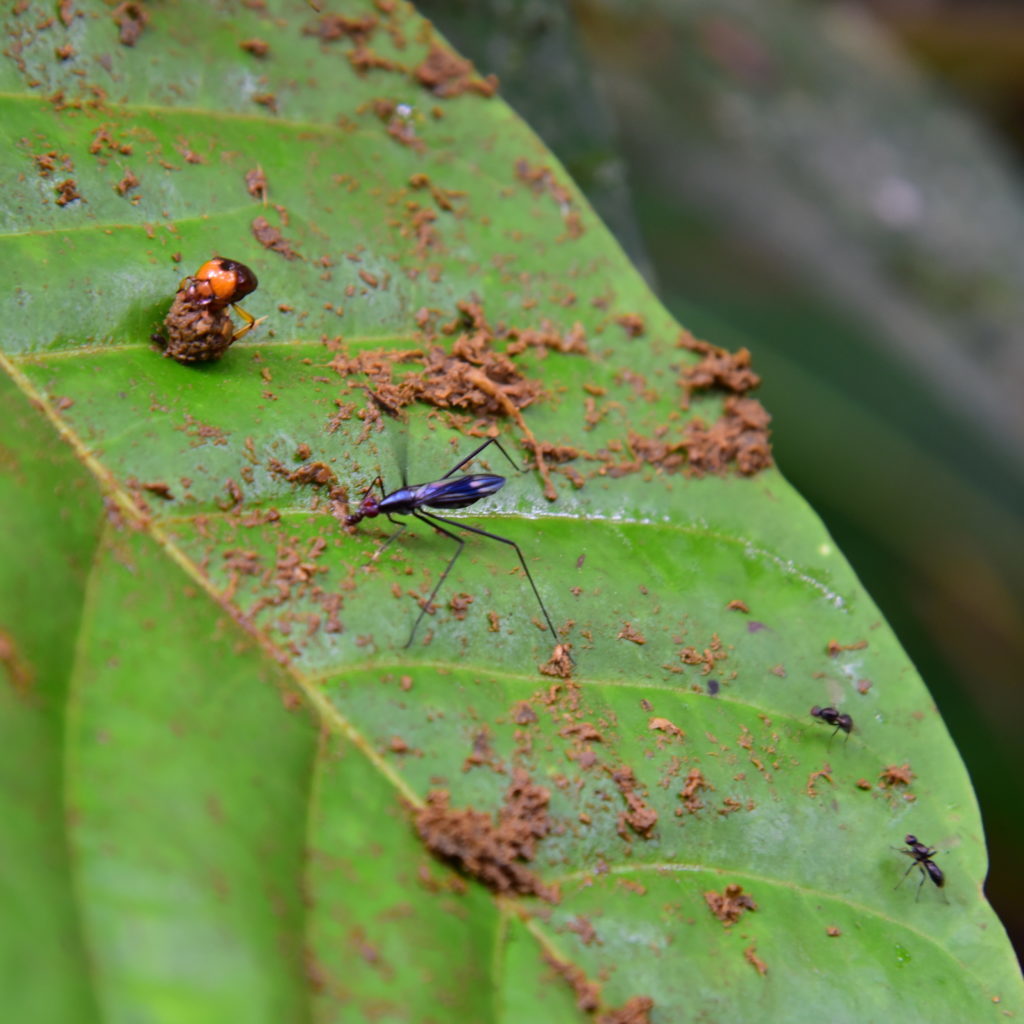
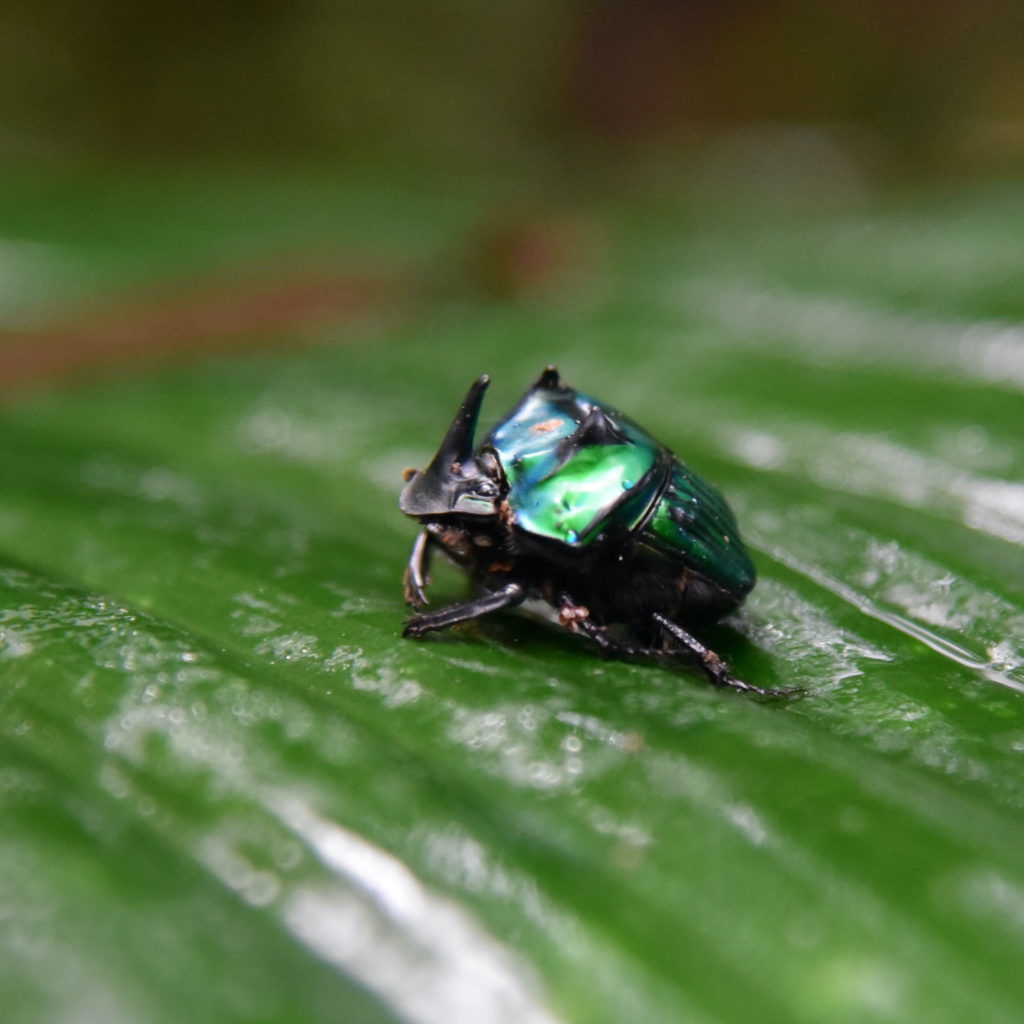
Selected Publications
- Carrión-Paladines V, Fries A, Muñoz A, Castillo E, García-Ruiz R & Marín-Armijos D (2021) Effects of land-use change on the community structure of the dung beetle (Scarabaeinae) in an altered ecosystem in Southern Ecuador. Insects 12: 306
- Chamorro W, Marin-Armijos D, Asenjo A, Vaz-De-Mello FZ (2019) Scarabaeinae dung beetles from Ecuador: a catalog, nomenclatural acts, and distribution records. ZooKeys 826: 1-343
- Frank K, Brückner A, Hilpert A, Heethoff M, Blüthgen N (2017) Nutrient quality of vertebrate dung as a diet for dung beetles. Scientific Reports 7: 12141
- Frank K, Hülsmann M, Assmann T, Schmitt T, Blüthgen N (2017) Land use affects dung beetle communities and their ecosystem services in forests and grasslands. Agriculture, Ecosystems and Environment 243: 114-122
- Frank K, Brückner A, Blüthgen N, Schmitt T (2018) In search for cues: dung beetle attraction and the significance of volatile composition in dung. Chemoecology 28: 145-152
- Frank K, Krell FT, Walter P, Slade EM, Raine EH, Chiew LY, Vairappan CS, Schmitt T, Blüthgen N (2018) Global dung webs: high trophic generalism of dung beetles along the latitudinal diversity gradient. Ecology Letters 21: 1229-1236
- Schmitt T, Krell FT, Linsenmair KE (2004) Quinone mixture as attractant for necrophagous dung beetles on dead millipedes. Journal of Chemical Ecology 30: 731-740
- Wurmitzer C, Blüthgen N, Krell FT, Maldonado B, Ocampo F, Müller JK, Schmitt T (2017) Attraction of dung beetles to herbivore dung and synthetic compounds in a comparative field study. Chemoecology 27: 75-84
